(+976) 11-354662
| info@tourmongolia.com | sales@tourmongolia.com
The Culture of Mongolia has been heavily influenced by the Mongolian nomadic way of life. Other important influences come from Tibet and Tibetan Buddhism, as well as from China. Due to 76 years as a communist Satelite State of the Soviet Union, even today Russia exerts a strong influence over Mongolia.
Nomads have a musical mindset, and their melodies are an intrinsic part of their lifestyle. Nomads have developed various forms of calling, whistling, whooping, and practicing rituals such as “chuugii,” “khuus” and “toig” to communicate with their herds.
However, the most prestigious forms of nomadic music are “khuumii” or throat singing, and “urtiin duu” or long songs. Khuumii and long songs have special sounds which will touch your inner soul and give you positive energy. Mongolian songs mimic their surroundings, so you can hear the mountains, wind, water, birds, and animals in these spiritual tunes.
Accompanied by melodies played on a horse-headed fiddle, Mongolian long songs make you feel the timeless freedom and the serene composition of harmony between man and nature. It is not a surprise that any concert hall is too small to fully appreciate khuumii and long songs.
-Nomadic by nature
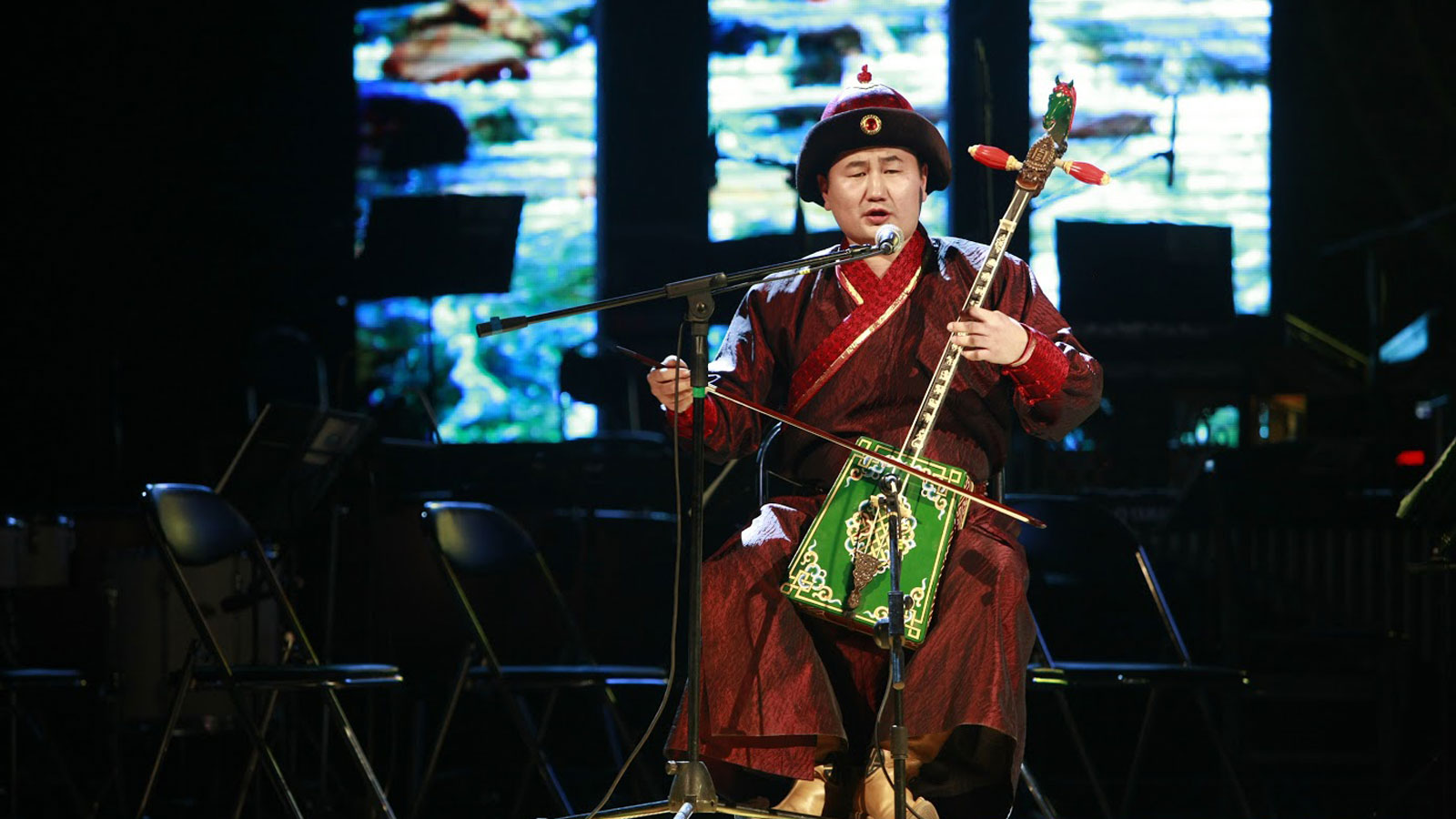
Morin khuur or horse-headed fiddle is the Mongolian national musical instrument. Until the 1990’s the instrument was mainly used to perform national melodies which imitate animals, especially the horse.
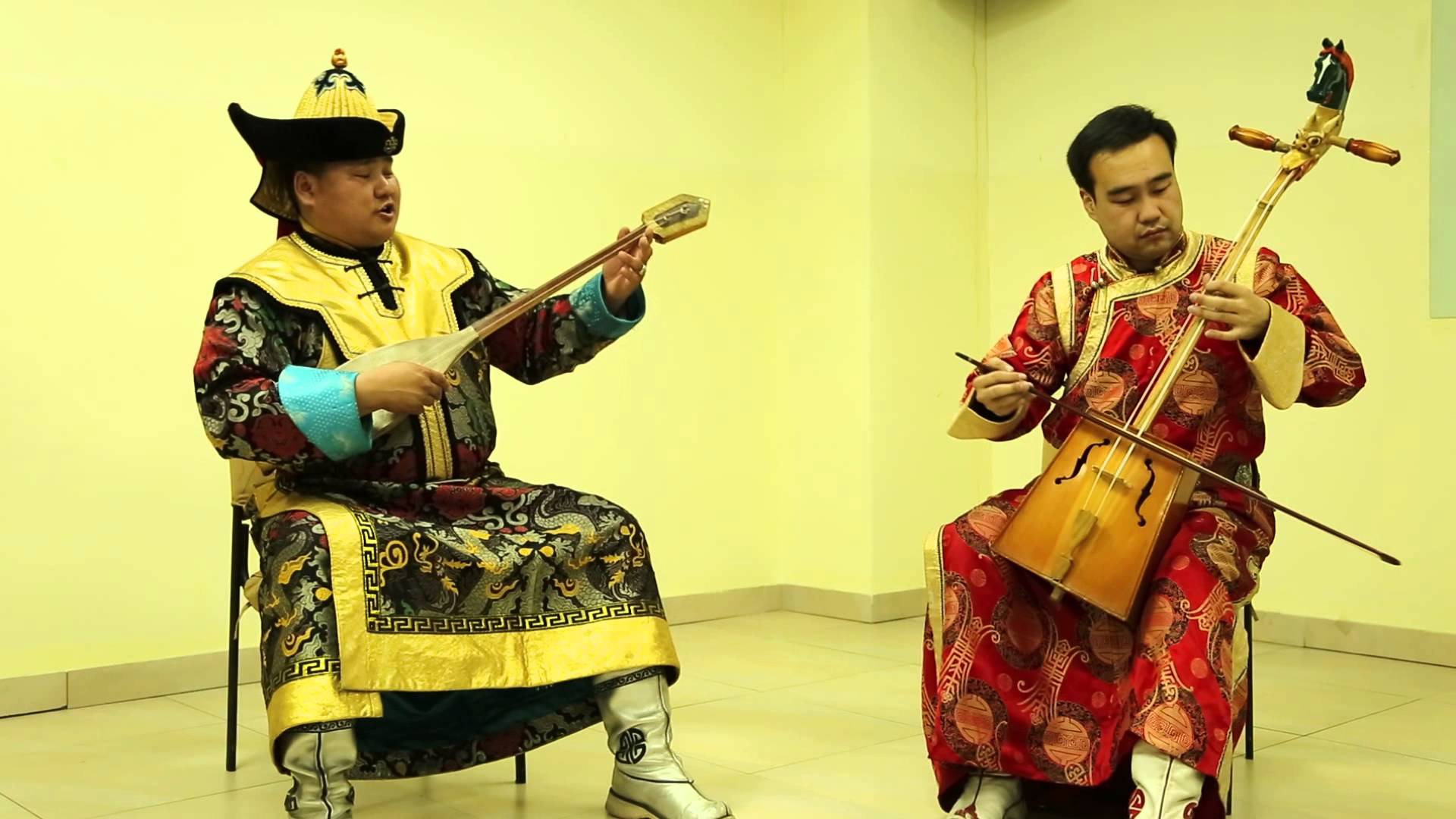
Playing the Khuumii involves producing two simultaneous tones at the same time. It is a difficult skill requiring special breathing techniques. One tone comes out as a whistle-like sound, while the rest of the breath is forced out through the throat in a certain way, resulting in a lower tone that sounds like a bass.
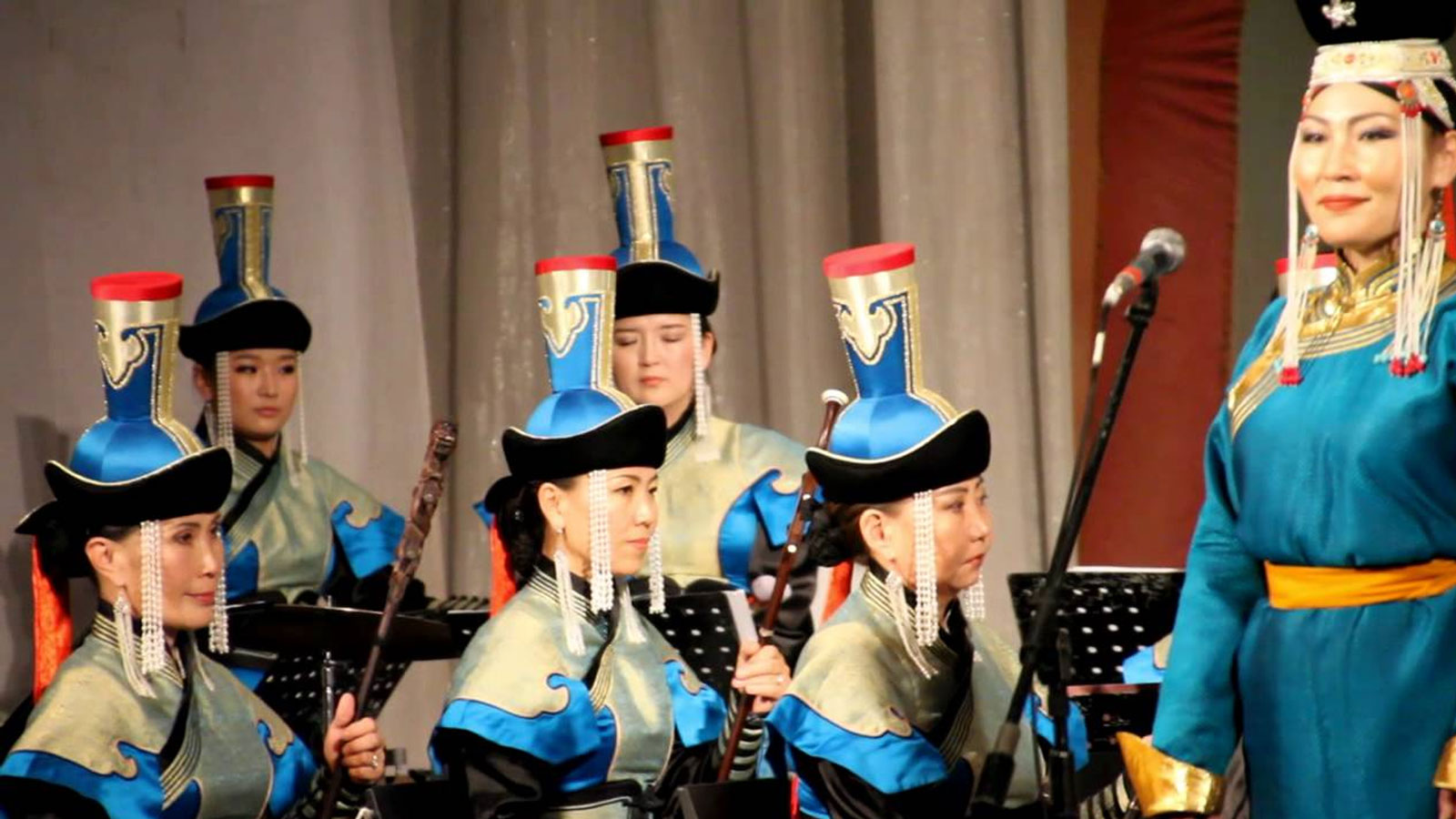
Long song is a unique traditional singing style known as “Urtiin duu.” You won’t find this type of miraculous singing style anywhere in the world except Mongolia. A herder usually sings a complicated long song when taking his herds to pasture, and can be heard drawing out the vowel sounds.
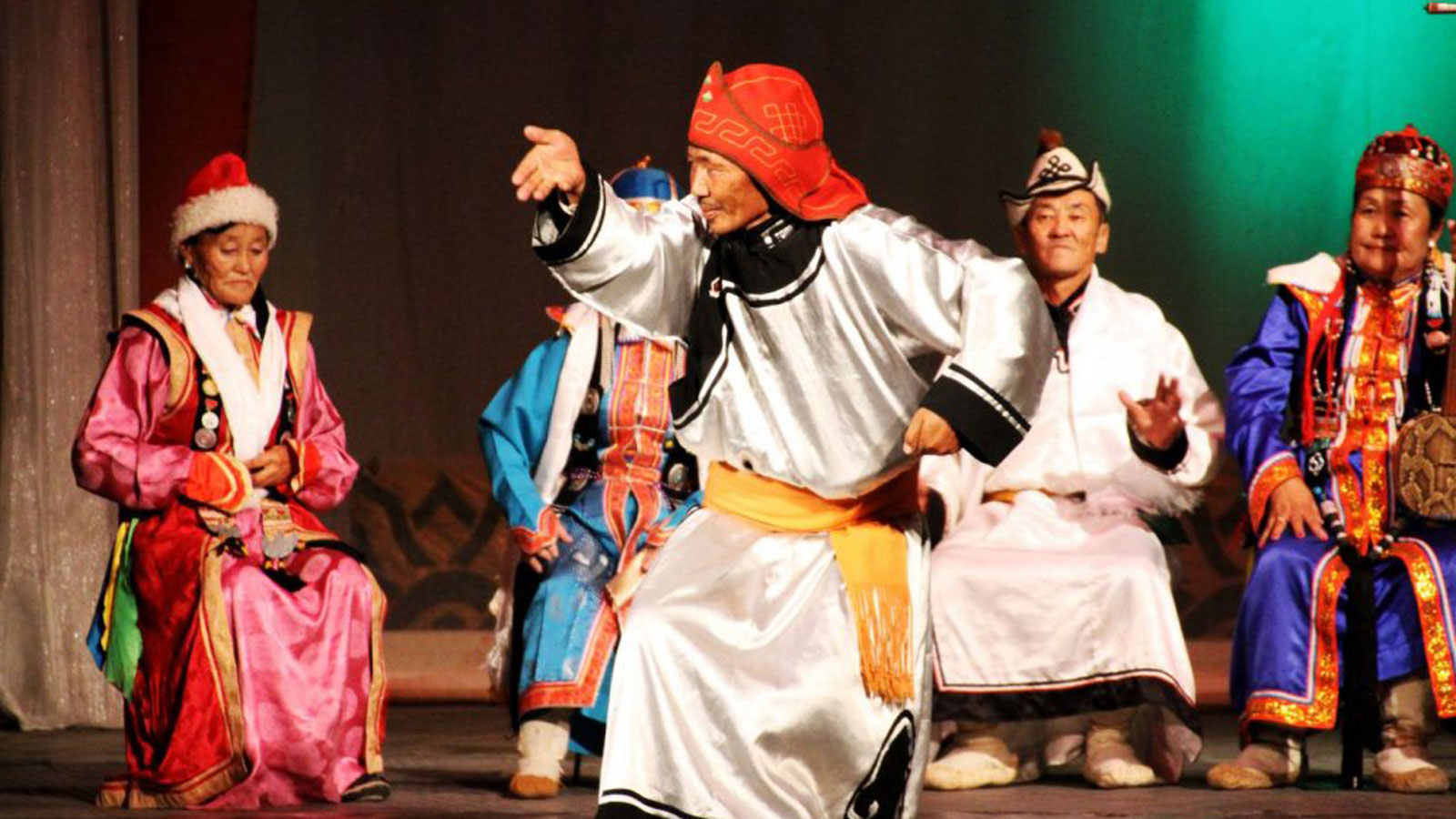
Biyelgee is a dance particular to the people of western Mongolia. The dancers rarely use their lower part of the body. Instead, the dancers use only the upper part of their body. There are more than ten types of Biyelgee distinguishable by the movement of arms, especially shoulders, wrist and fingers.
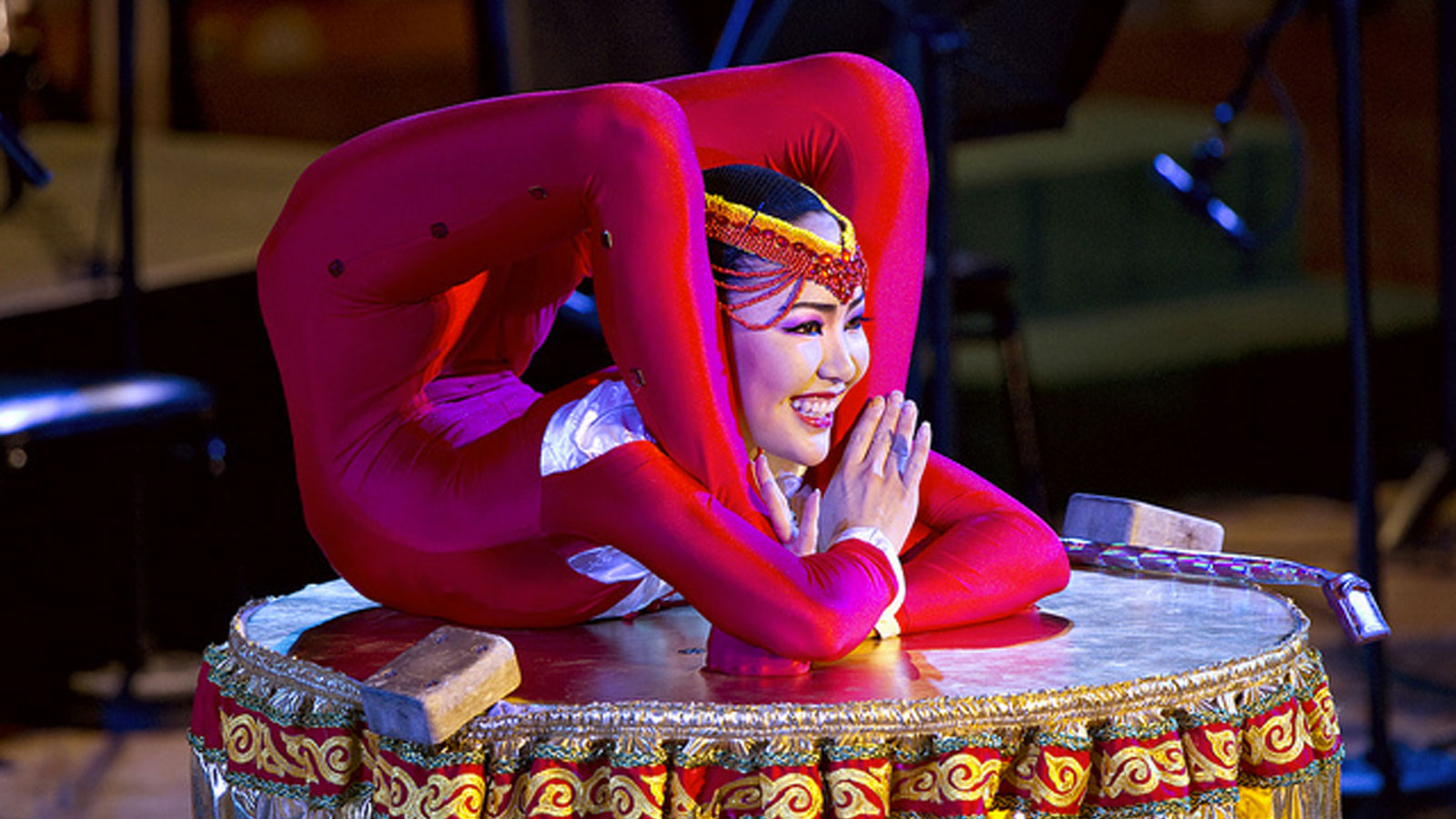
Mongolian contortion is a unique circus art and a part of national heritage since the 12th century, but one that has been rapidly developing since 1990. The contortionist’s dance is called “Uran Nugaralt,” which means artistic bending. Mongolians like to say that contortion art and Tara sculpture art are connected to each other.
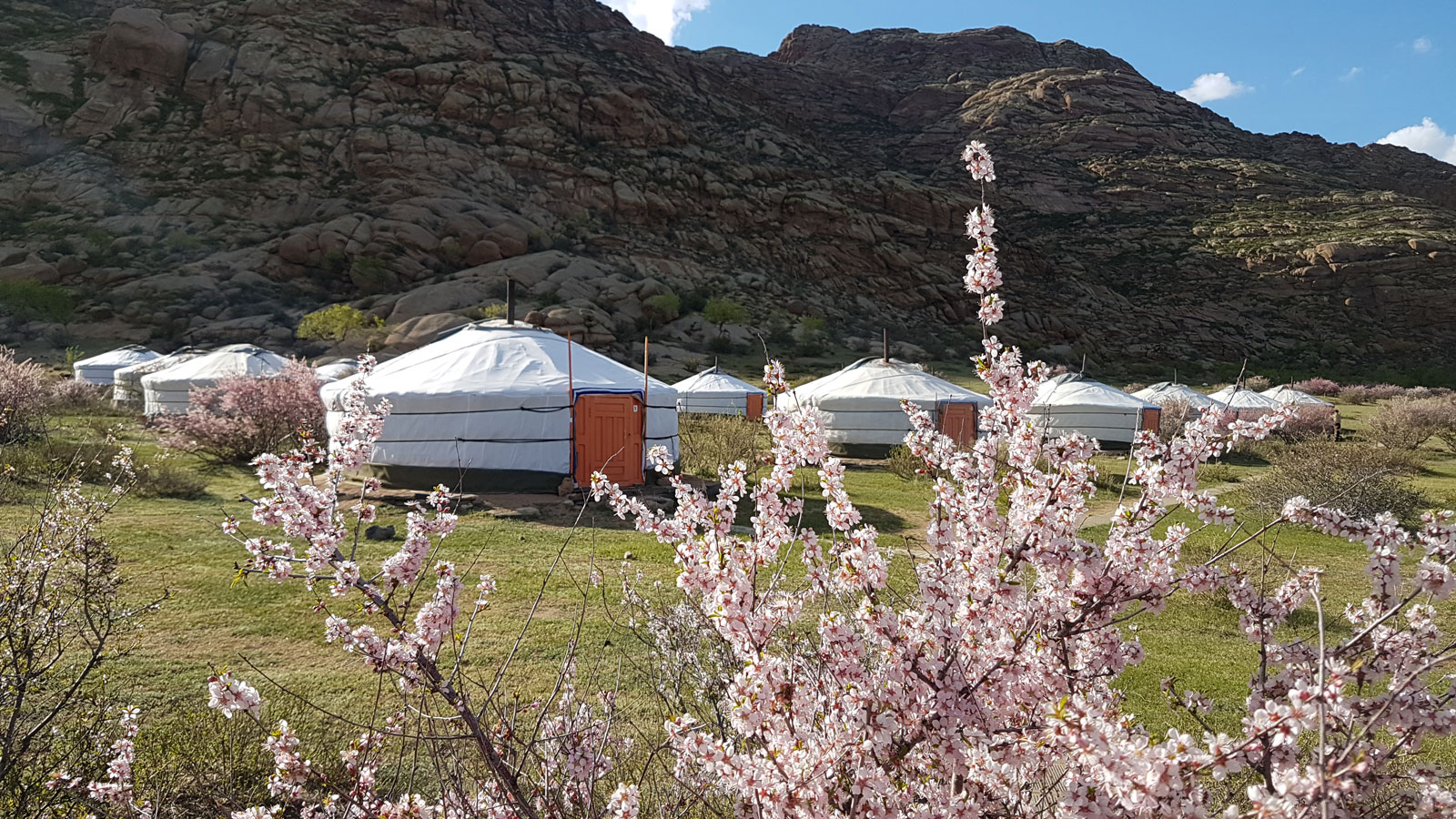
This ancient genre, enriched for generations, combines poetry, song, music and the individuality of each performer. For example, singers can sing with or without a musical instrument. These sung stories are told from memory and may have thousands of quatrains. Such long stories are usually performed on long winter nights.
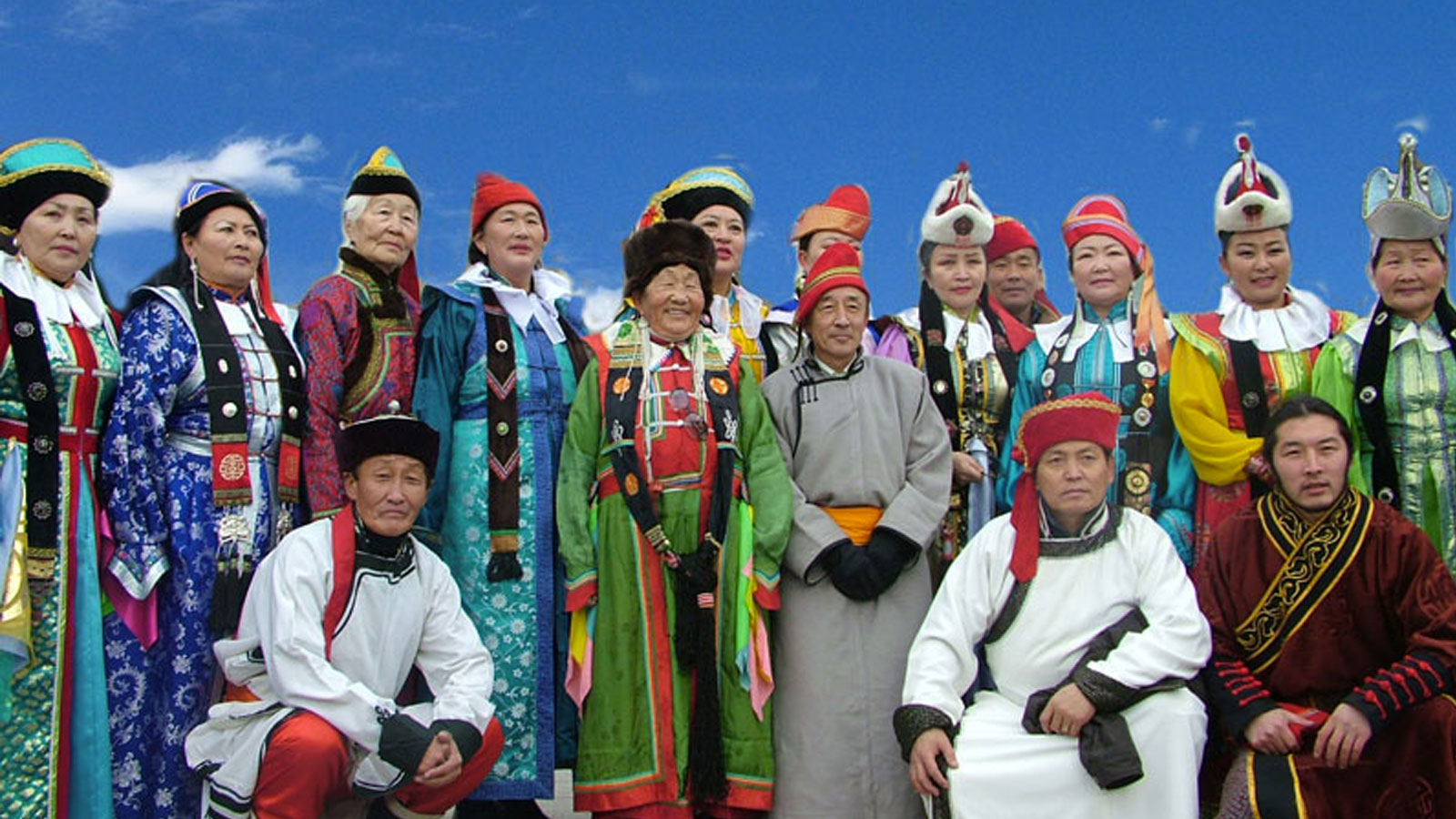
The main Mongolian nomadic garment is the Deel, a long, one-piece gown made from wool or silk. Most Mongolians have several different Deels, appropriate for different seasons, as well as a more decorative Deel for special occasions. Winter Deels are often lined with sheepskin.
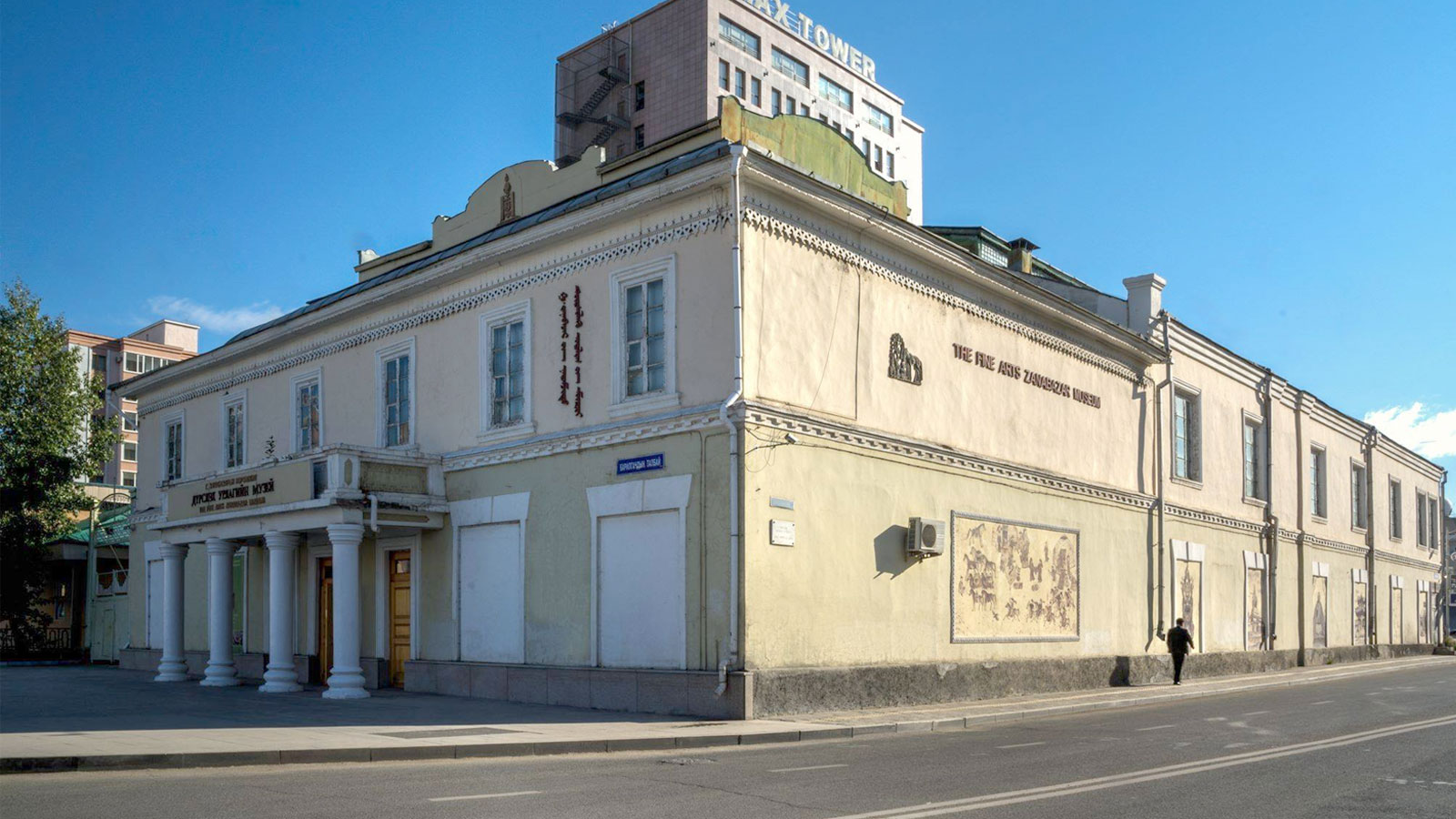
Before the 20th century, most works of fine art in Mongolia had a religious function, and therefore Mongolian fine arts were heavily influenced by religious texts. Thangkas were usually painted or made an applique technique. Bronze sculptures usually showed Buddhist deities. A number of great works are attributed to the first Jebtsundamba Khutuktu, Zanabazar.

A ger, which means “home” in Mongolian is referred as the White Pearl of Mongolia. It is not only practical in daily use but also holds significant meaning for the Mongolian people. The ger or “yurt” as it is more commonly known in the Turkish language is perfected to meet the demands of a nomad’s life. It is a circular felt-covered dwelling with lattice walls that can be erected and dismantled within an hour. The materials of the ger are lightweight, which make it easy for herders to transport the gers either on the backs of a camel or on a horse pulled cart.
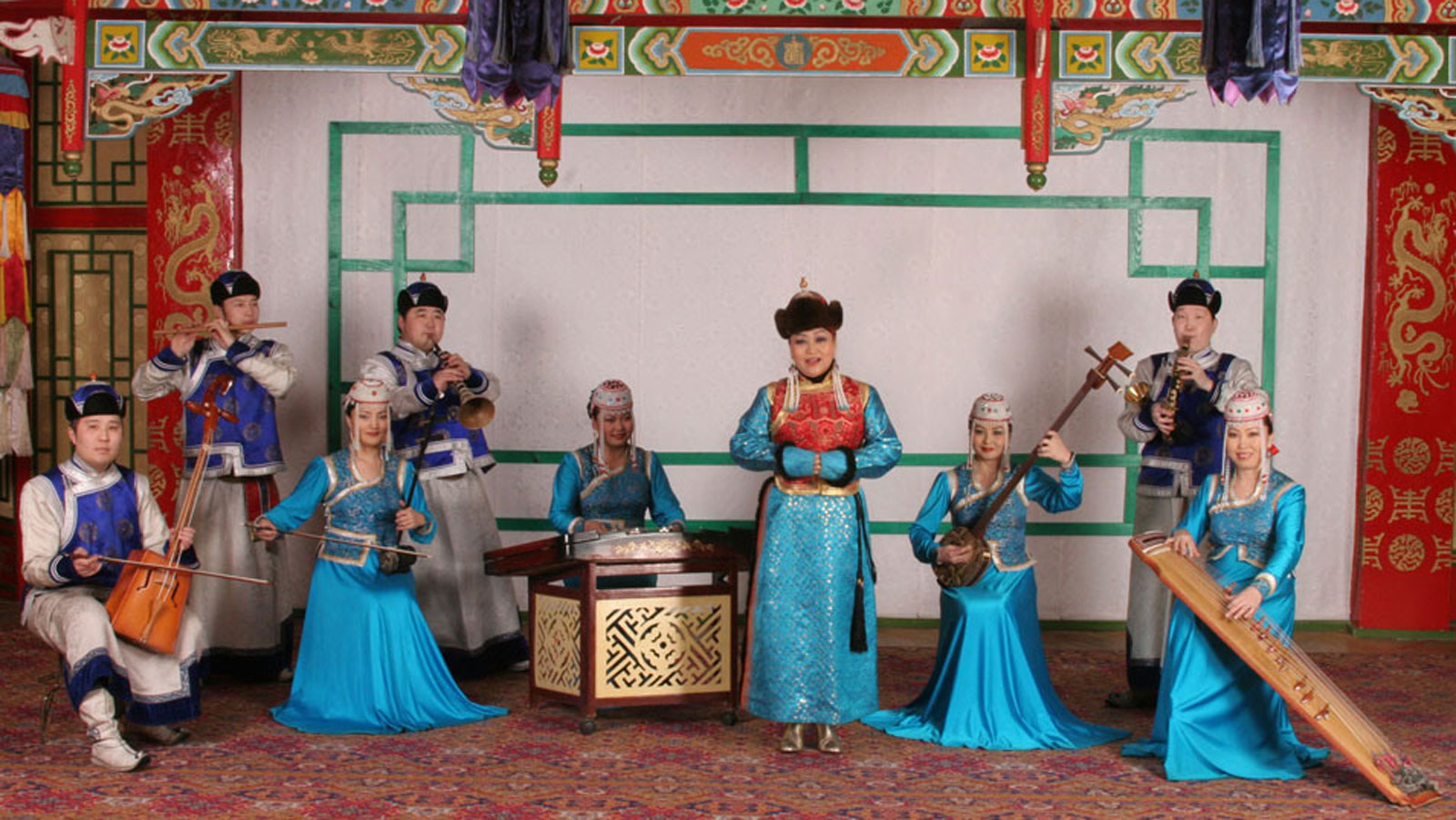
The Tumen Ekh Ensemble is comprised of artists who perform all types of Mongolian songs, instruments, and dances. They play traditional instruments including the morin khuur (horse-head fiddle) and perform Mongolian long songs, epics, eulogy songs, a shamanic ritual dance, an ancient palace dance and a Tsam mask dance.
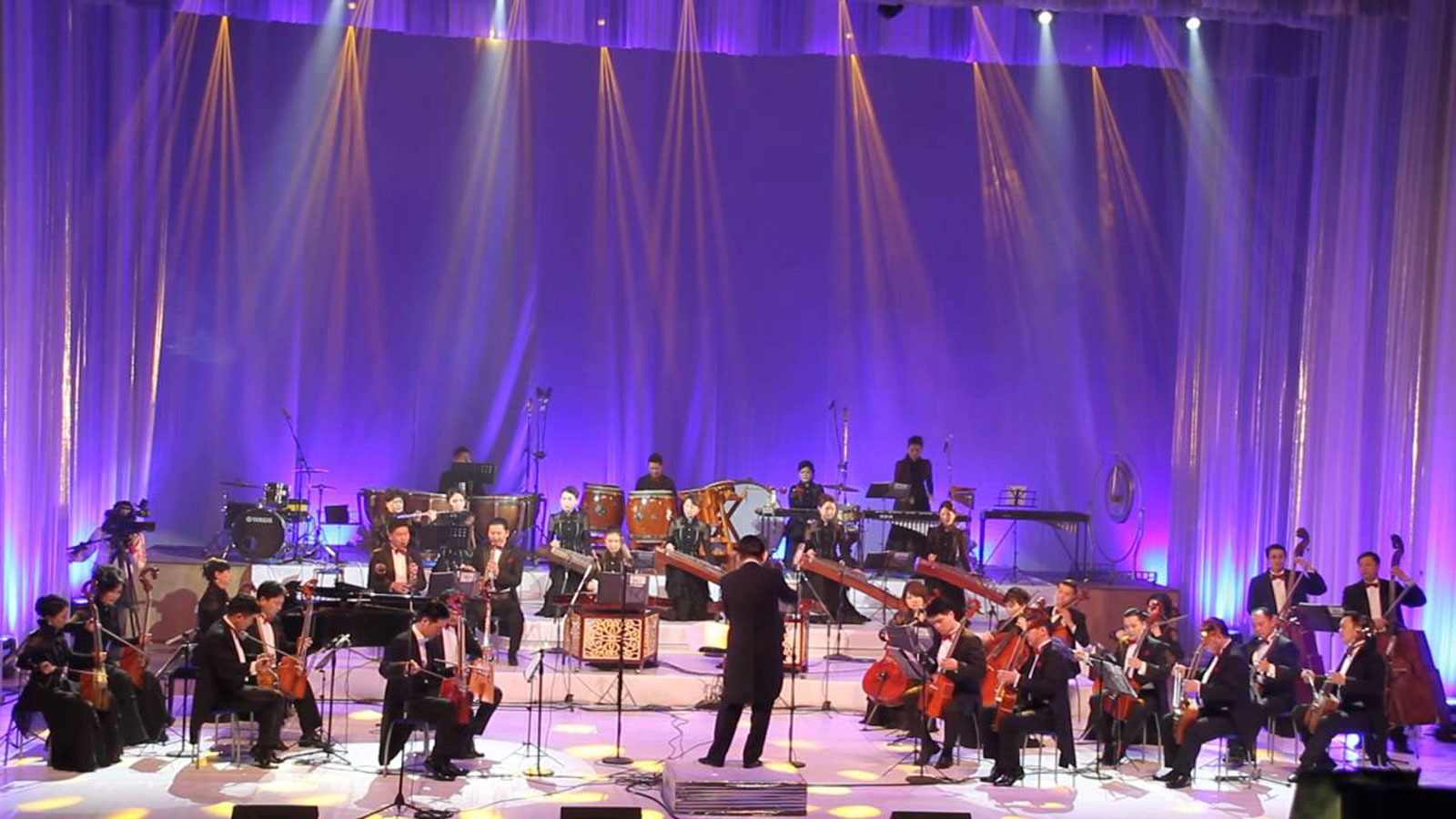
The Morin Khuur Ensemble of Mongolia is part of the Mongolian State Philharmonic Orchestra located in Chinggis Khan Square. It is a popular ensemble featuring the national string instrument, the Morin Khuur, and performs various domestic and international classical works.
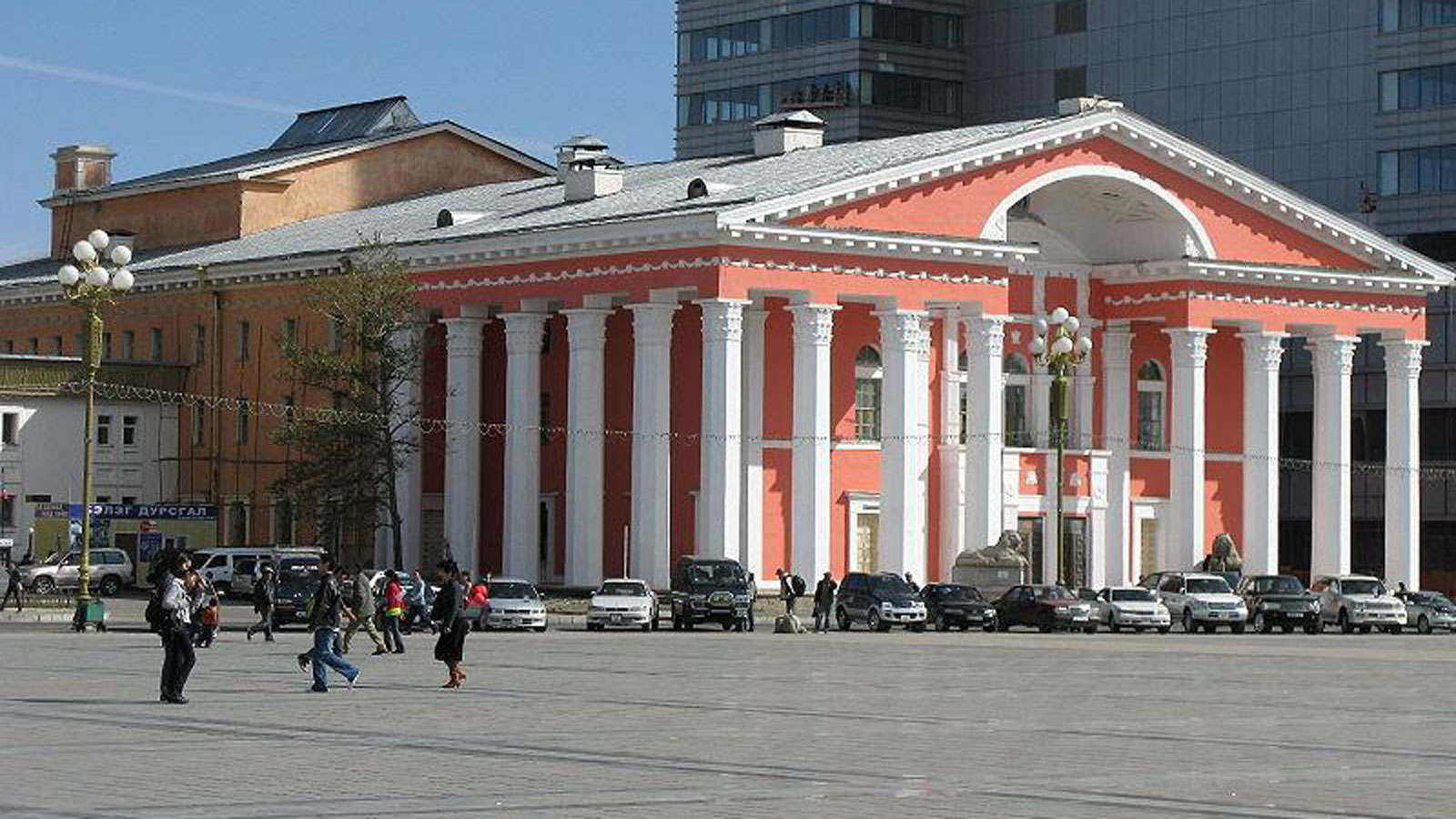
The Ulaanbaatar Opera House, located in the center of the city, hosts concerts and musical performances as well as opera and ballet performances. They closely collaborate with world ballet groups such as the Boston Theatre.
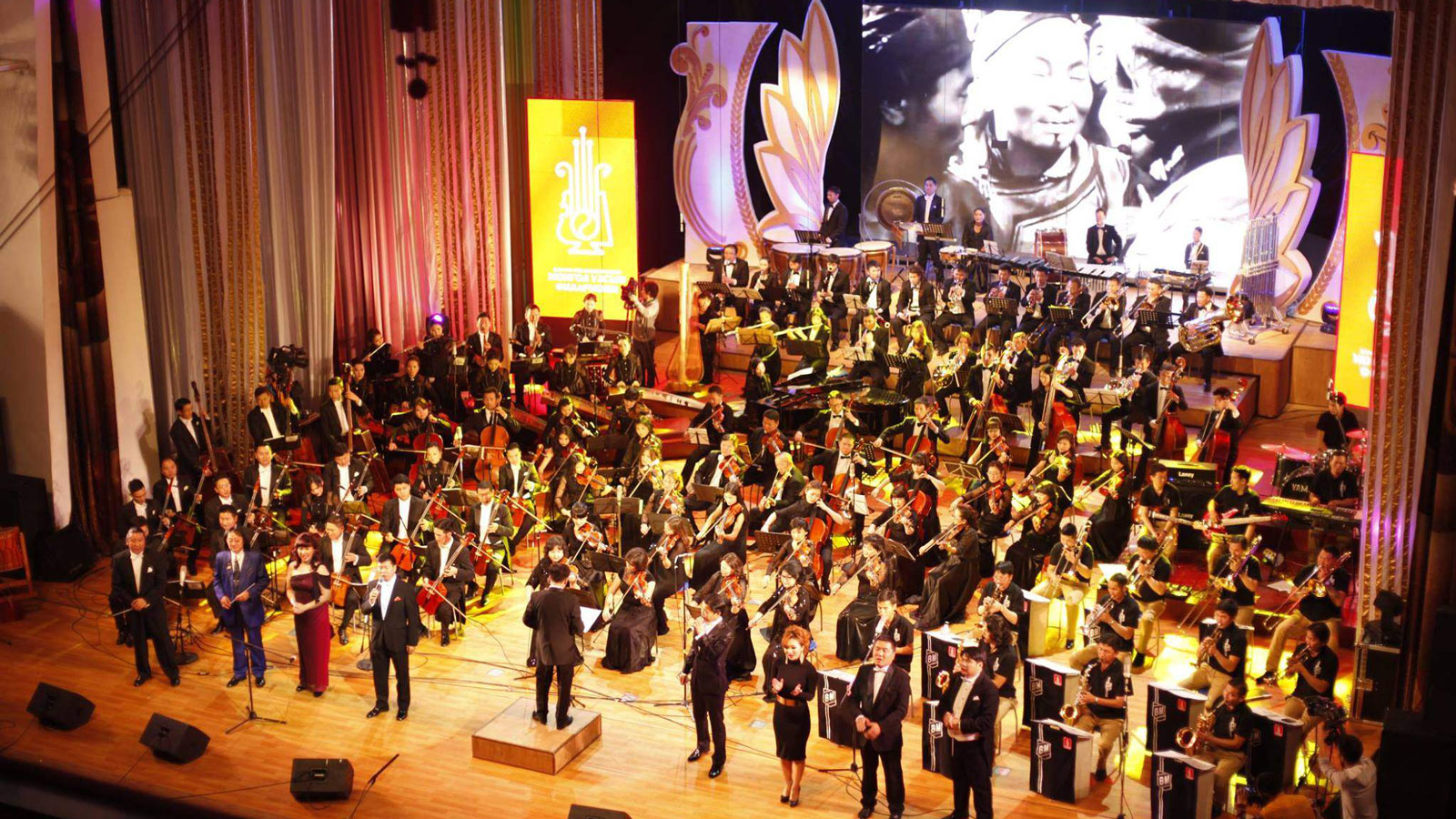
The Mongolian State Grand National Orchestra was founded in 1945. It is the largest orchestra of traditional instruments in the country with a repertoire that extends beyond national music and encompasses many international pieces as well.
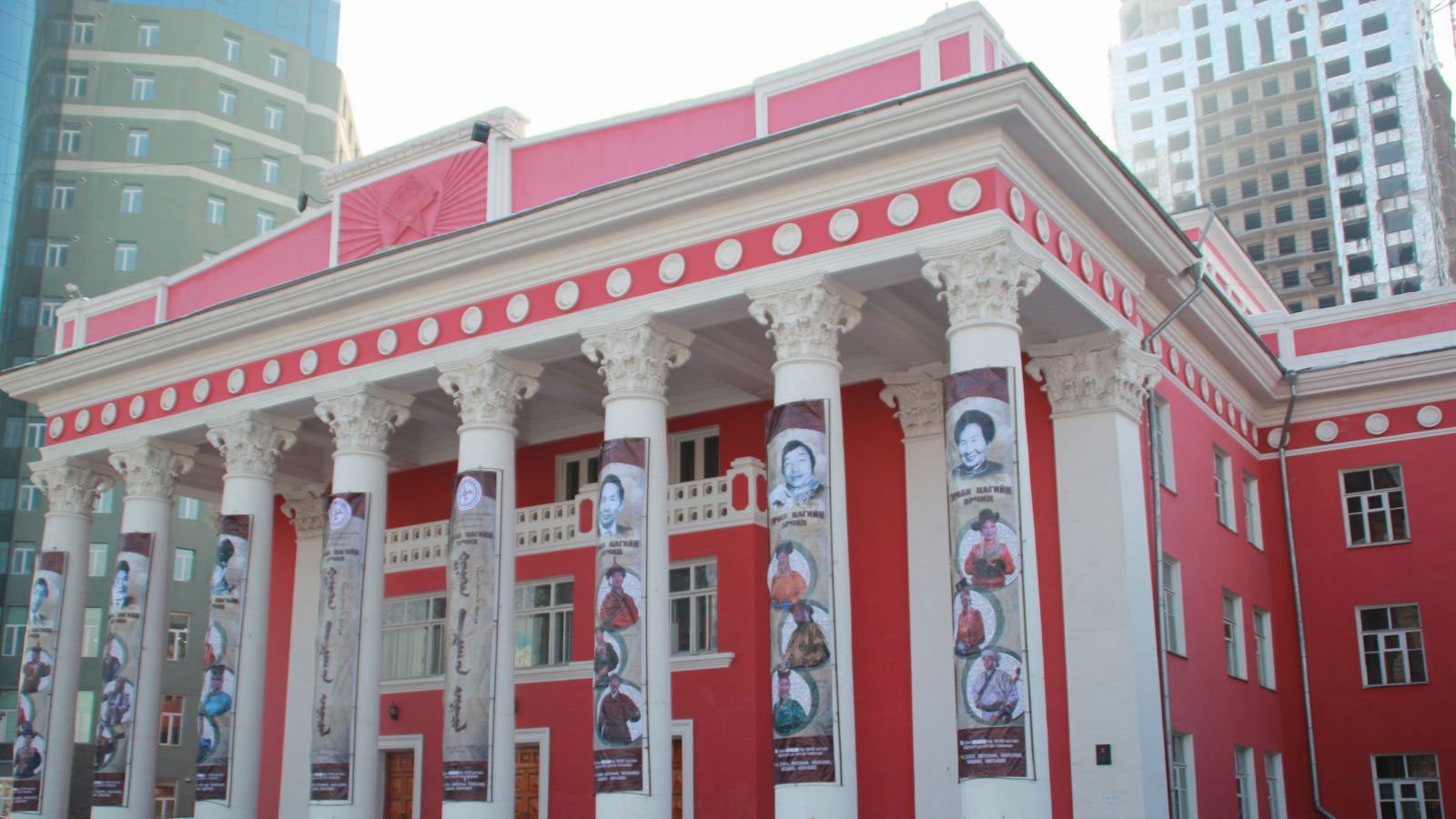
The State Academic Drama Theatre is Mongolia’s first contemporary professional performing art establishment, performing more than 400 world and national classical works. The theatre showcases national language, customs and life on its stage, and enriches its offerings with new works every year.
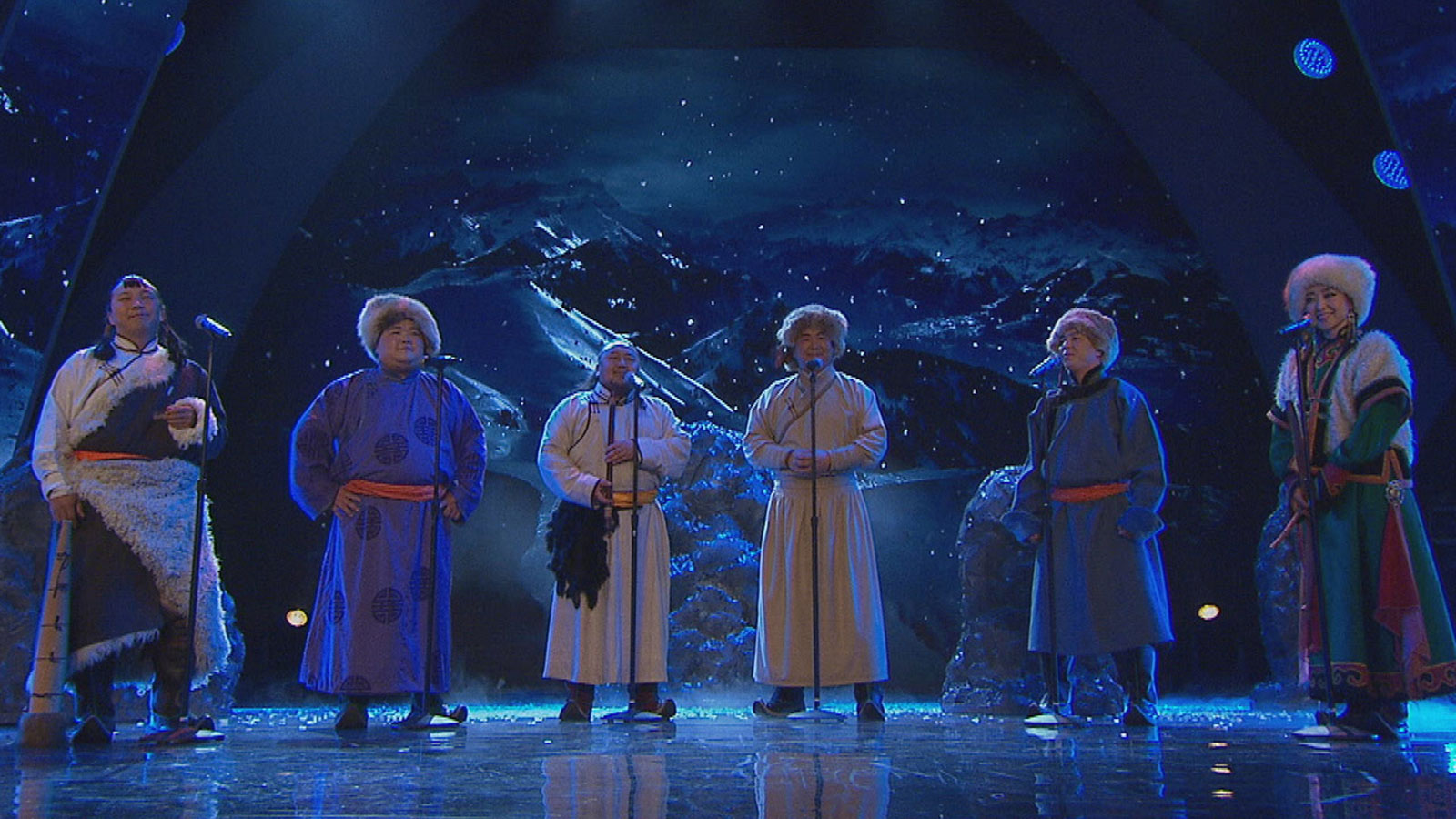
Khusugtun is a group of Mongolian folk musicians with the objective of bringing Traditional Mongolian music to the world. They are inspired by their nomadic ancestry and the historic Mongolian civilization. Their sound consists of traditional instruments and the throat singing of their forefathers. When you hear them play, you can feel the passion and pride they take in their music.
View more: The Khusgtun band
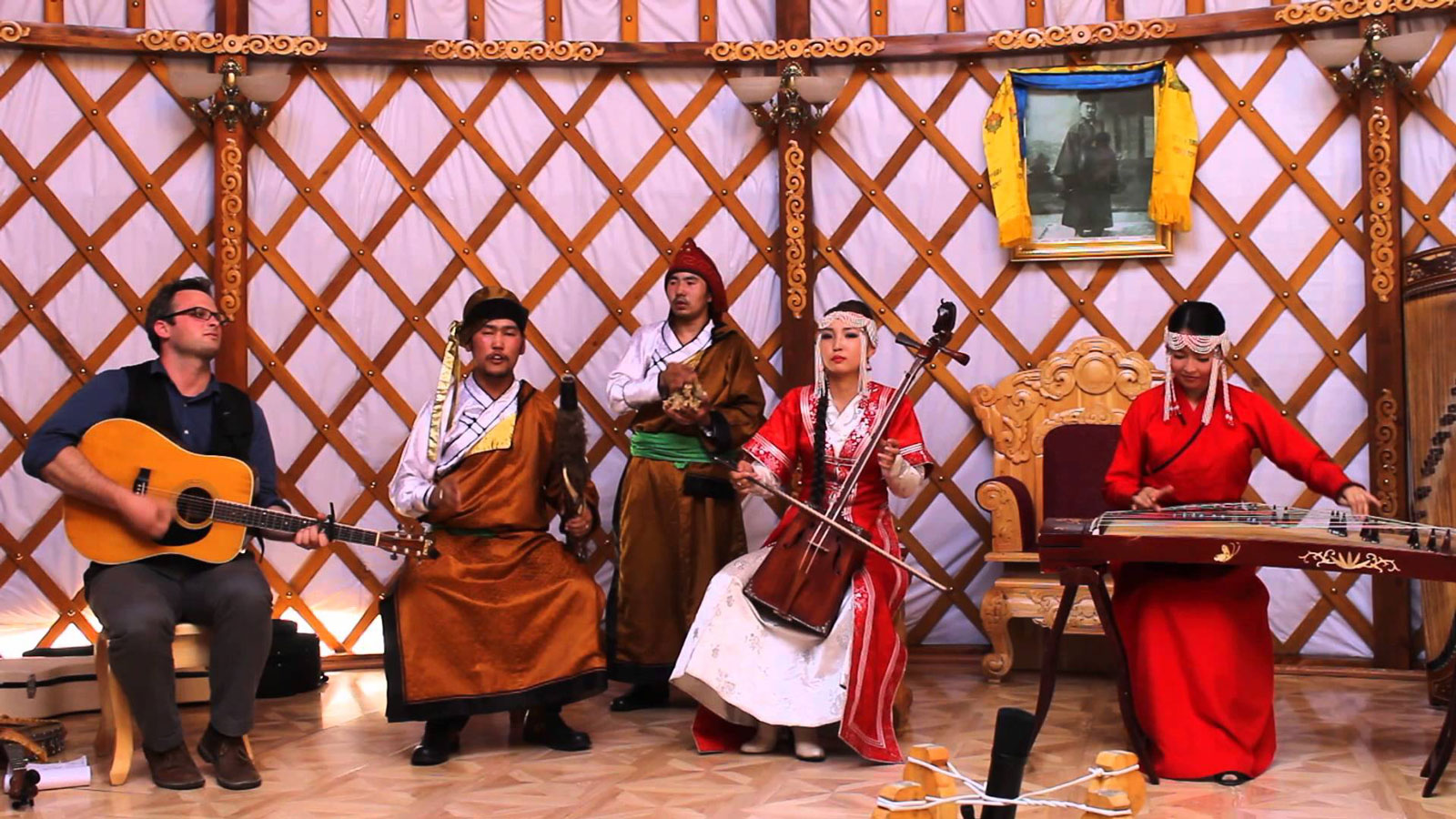
The Altai Band was established on November 11th, 2011 at the Association of Mongolian Traditional Music with the intention of carrying on and promoting ancient nomadic culture and music. The Altai Band often combine their performances with the Western Mongolian region’s Biyelgee dance, the Khuumii, Ikhyel Khuur and the unique Tatlag style of playing the morin khuur. The Altai Band is very special due to their inheritance of 3 to 14 generations of heritage. For example, the Khuumii singer Davaadalai Munkhbat is a 4th generation singer, who has inherited throat singing from his ancestors as well as a 1400-year-old Altai-Yatga bow harp instrument that was entrusted to the Altai Band in 2014.
View more: Altai band
Main article: UNESCO Intangible Cultural Heritage Lists
| Element | Year Inscribed |
|---|---|
| The Traditional Music of the Morin Khuur | 2008 |
| Urtiin Duu - Traditional Folk Long Song | 2008 |
| Biyelgee dance | 2009 |
| Traditional epic poem | 2009 |
| Tsuur end-blown flute | 2009 |
| The Traditional Naadam festival | 2010 |
| Falconry, a living human heritage | 2012 |
| Element | Year Inscribed |
|---|---|
| Mongolian throat singing | 2010 |
| Folk long song performance technique of Limbe (flute) performances - circular breathing | 2011 |
| Mongolian calligraphy | 2013 |
| Traditional craftsmanship of the Mongol Ger and its associated customs | 2013 |
| Mongolian knuckle-bone shooting | 2014 |
| Coaxing ritual for camel | 2015 |